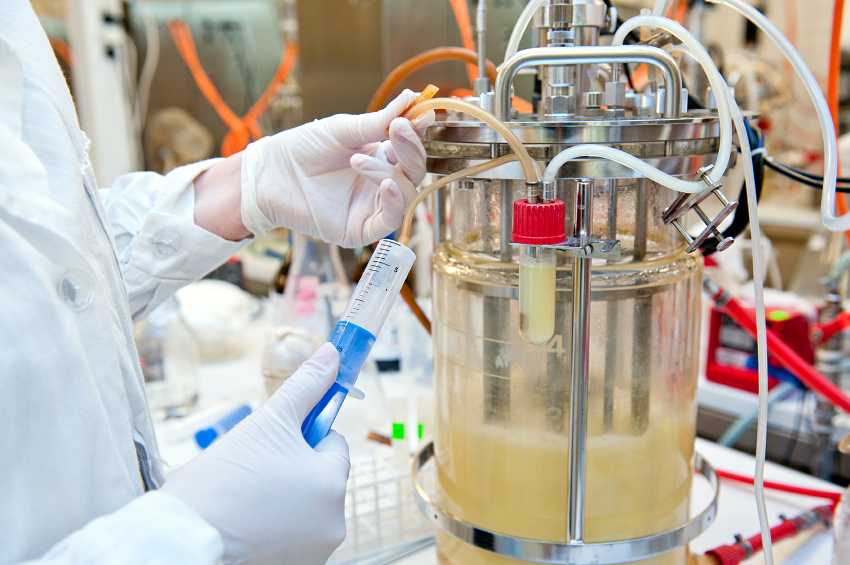Engineering Physiologically and Pathologically Relevant Organ Models for the Investigation of Age Related Diseases
- Duration: 2012-2014
- Coordinator: Politecnico di Torino
- Partners: Politecnico di TORINO, Università di PISA, Università degli Studi di GENOVA, Politecnico di MILANO, Università della CALABRIA, Università degli Studi di CAGLIARI, Università degli Studi di BOLOGNA, Università Politecnica delle MARCHE, Università “Campus Bio-Medico” ROMA, Università degli Studi di TORINO, Consiglio Nazionale delle Ricerche.
- Funded by: MIUR under PRIN call.
- www: http://www.mind.polito.it
As a result of decreasing mortality and birth rates in Europe, the expense of caring for the ageing population places an ever increasing burden on national economies. It is every human being’s right to live with dignity and the absence of suffering throughout his/her lifespan, but our lack of knowledge on systemic, organ, tissue and cell degeneration due to senescence do mean that the ageing process it is often beyond our control. Research on ageing is carried out in thousands of laboratories focusing on the one hand at the cellular level in areas of genetics, molecular and cellular biology, biochemistry, and epigenetics and on the other hand on the study of animal models.
Most models of ageing at the cellular level are derived from simple in-vitro experiments, while animal models range from fish to non-human primates. Ageing however is not just a process occurring in single cells, but is also associated with changes in the physiological microenvironment and alterations in signaling between cells and even distant tissues and organs, leading to systemic age related diseases such as osteoporosis, cardiovascular dysfunction and cognitive impairments. Between the cell and animal models, there is certainly a gap in our knowledge as far as systemic and extracellular ageing is concerned. The MIND project aims at overcoming the current lack of models for the study of the physiological conditions associated with aging through the development -by advanced bioengineering technologies- of in vitro dynamic models, able to reproduce the physio-pathological conditions of aged tissues, while respecting the 3 Rs (“Replacement, Refinement, Reduction”) principle of animal testing.
The multidisciplinary consortium, composed mainly of bioengineers, flanked by clinicians, biologists, experts in the regulatory aspects of health and physical and electronic engineers, will pool its varied expertise and knowledge to design, realize, model and characterize new systems for the investigation of ageing and age related diseases, with reference to four tissues which are particularly compromised by age related degeneration: cardiac, bone, epithelial and neural tissue.
In detail, biomimetic scaffolds able to reproduce the morphological, biochemical and mechanical characteristics of the cardiac and bone extracellular matrix at two level of aging (young and aged tissue) will be engineered and then populated with cardiac and bone cells, respectively and cultured in purposely designed tissue-specific bioreactors. For the realization of an in vitro model of brain aging, cortical neuronal networks will be coupled to standard and high-density microelectrode arrays or, alternatively, to organic field effect transistors, for electrophysiology and recording of metabolic activity. The systems will be integrated into membrane bioreactors, to obtain a model of the blood brain barrier coupled to a model of the central nervous system. The epithelial barrier dynamic model will be based on semi-permeable electroactive membranes with variable stiffness to simulate peristaltic movement. Intestinal epithelial cells will be seeded on the membranes after optimization of membrane biocompatibility, integration of electrodes with particular geometries and application of specific voltage profiles to allow rhythmic movements. Moreover, bioreactors will be designed and developed with special chambers to house the membranes.All experiments will be guided by appropriate in silico gene-metabolic models, computational fluid dynamic models and mechanical models.The developed tissue models will be characterized by histological and mechanical analyses and electrophysiological measurements and will be appropriately validated. They will allow evaluation of the susceptibility of senescent tissues to oxidative damage, hypoxic conditions, the presence of pro-inflammatory cytokines and nanoparticles.
In conclusion, the project represents a first step towards the long-term goal of generating reliable biomimetic models of tissues for the study of pathological conditions and the development of pharmacological strategies, reducing animal and clinical testing, as well as the time and costs associated with them. To reach these ambitious project goals, around 600 person months of research personnel from eleven partners, including permanent staff (researchers and laboratory technicians) and Post-docs and Ph.D students are involved.
